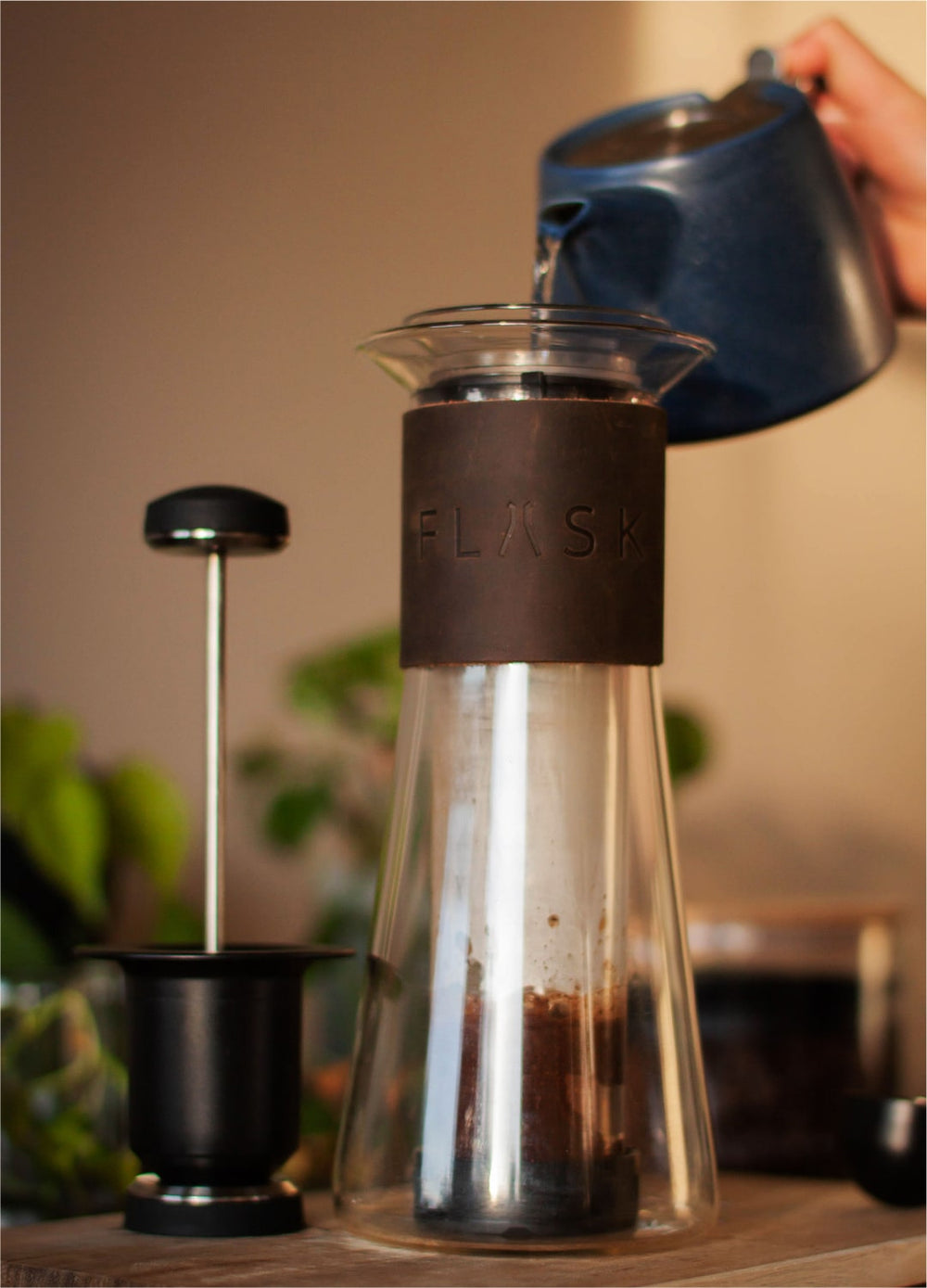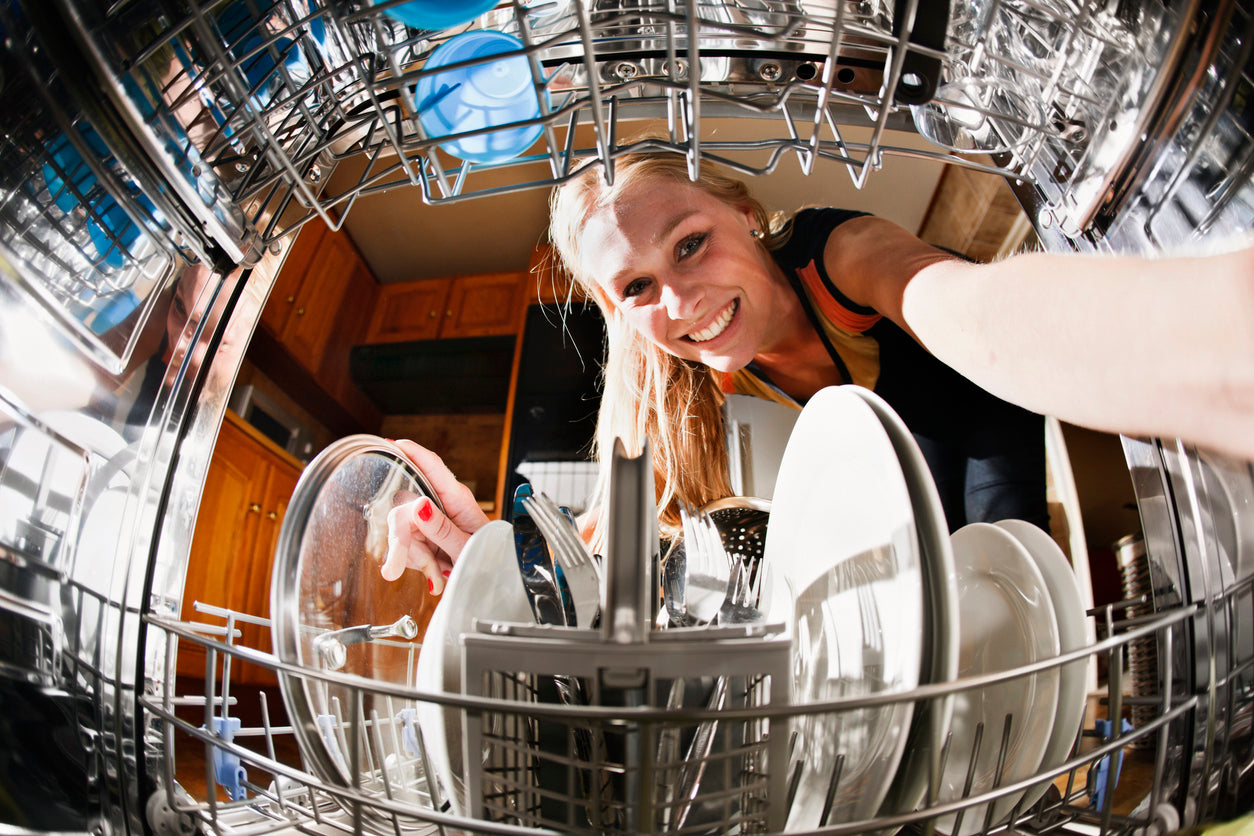Wondering how to clean a French press after use and how to clean grounds from French press parts without damaging your brewer?
You’re not alone. Over 60% of French press users report lingering odors or bitter tastes caused by leftover oils and residue.
Coffee lovers adore their French presses for rich, full-bodied brews, but improper cleaning shortens your press’s lifespan and muddies flavors. Plus a great cup of coffee starts with a clean French press.
This guide walks you through safe, efficient methods to keep your French press spotless—no dishwasher required.
Plus, we’ll share eco-friendly hacks for repurposing used grounds. Let’s dive into the step-by-step process to banish stubborn grime and odors for good.
How to Clean a French Press After Use
Cleaning your French press isn’t just about aesthetics—it’s about preserving flavor and functionality. While some models claim to be dishwasher-safe, most manufacturers recommend handwashing to protect delicate components like silicone seals and fine mesh filters.
We’ll focus on how to clean French press parts manually to avoid accidental damage (unless your manual explicitly approves machine washing). Follow these steps to keep your brewer in top shape:
How to Clean French Press Filter Parts
The filter assembly is ground zero for trapped coffee particles. Here's the best way to clean French press filters:
-
Disassemble the plunger: Separate the metal filter, mesh, and spiral plate. If your press has a dual-screen filter (common in higher-end models), check for hidden grounds between layers.
-
Soak in warm, soapy water: Let parts sit for 5–10 minutes to loosen oils. Pro tip: Add a teaspoon of baking soda to break down stubborn residue.
-
Scrub with a soft brush: Use a bottle brush or old toothbrush to clear mesh holes. For stainless steel filters, avoid steel wool—it can scratch surfaces and trap bacteria.
-
Rinse thoroughly: Ensure no soap residue remains—it’ll ruin your next brew. Hold the mesh up to light to confirm all holes are clear.
-
Deep clean monthly: The final step of cleaning a French press: Mix equal parts water and white vinegar, soak the filter for 20 minutes, then rinse. This prevents mineral buildup from hard water.
Why this matters: Leftover oils turn rancid, creating bitter flavors. A 2022 study by the Specialty Coffee Association found that 78% of “off” tastes in French press coffee stem from poorly cleaned filters.
Tackling the Carafe (Glass or Stainless Steel)
Cleaning French press carafes requires finesse, especially with fragile glass or scratch-prone stainless steel:
-
For glass carafes:
-
Dump used grounds: Tap the filter over a compost bin or trash. Avoid rinsing grounds down the sink—they can clog pipes.
-
Rinse with cold water first: Hot water sets oils into the glass, creating cloudy stains.
-
Add dish soap and coarse salt: The salt acts as a gentle abrasive. Swirl the mixture to scrub the interior, then use a non-abrasive sponge.
-
Stubborn stains? Soak overnight with 1 tbsp citric acid (or lemon juice) and warm water.
-
-
For stainless steel carafes:
-
Use a soft sponge: Avoid abrasive pads to prevent scratches.
-
Baking soda paste: Mix 2 tbsp baking soda with water, scrub gently, then rinse.
-
Dry immediately: Prevent water spots by wiping with a microfiber cloth.
-
Pro Tip: Never submerge the entire press if it has a wooden handle! Moisture can warp the wood—clean only the interior.
Sanitize and Deodorize
After you French press cleaning regimen, odors can linger. Here’s how to freshen up:
-
Weekly vinegar soak: Mix 1 part white vinegar with 2 parts water; let sit for 15 minutes. This kills mold spores and dissolves calcium deposits.
-
Baking soda scrub: Neutralize odors by scrubbing the carafe with a paste of baking soda and water. Rinse thoroughly.
-
Lemon juice rinse: For a natural citrusy scent, wipe the carafe with lemon juice and water. The acidity also helps break down oils.
-
Sunlight therapy: Place disassembled parts in direct sunlight for 1–2 hours. UV rays naturally disinfect and eliminate musty smells.
Note: Avoid using bleach or harsh chemicals—they can degrade silicone seals and leave toxic residues.
Dry and Reassemble
After cleaning a French press, proper drying prevents mold and mineral buildup:
-
Air-dry upside down: Place parts on a dish rack to avoid moisture traps.
-
Wipe metal components dry: Prevent rust by drying filters and plates immediately with a lint-free cloth.
-
Store disassembled: Keep the plunger separate to maintain mesh integrity. If your press has a leather or wooden handle, condition it monthly with a dab of food-safe oil.
-
Check seals: Over time, silicone seals can crack. Replace them every 6–12 months if you notice leaks during pressing.
Bonus: How to Dispose of Coffee Grounds from French Press Use Responsibly
Wondering what to do with coffee grounds from French press waste? Don’t toss them! Try these eco-friendly hacks:
-
Compost: Coffee grounds add nitrogen to soil. Mix with dried leaves to balance acidity.
-
Garden booster: Sprinkle around acid-loving plants like roses, hydrangeas, or blueberries.
-
DIY body scrub: Mix grounds with coconut oil and brown sugar for a cellulite-reducing exfoliant.
-
Odor neutralizer: Place dried grounds in a bowl inside your fridge or gym bag to absorb smells.
-
Pest deterrent: Scatter near ant trails—they hate the texture.
-
Meat tenderizer: Add grounds to a spice rub for steak—enzymes help break down proteins.
Why it matters? Throwing grounds down your garbage disposal might seem convenient (I used to do this daily!), but it's a recipe for plumbing drama.
Those same coffee oils that make your morning brew delicious can build up in your pipes over time, leading to clogs that no amount of rinse cycles can fix.
Key Takeaways on the Best Way to Clean a French Press
For a sparkling clean French press that keeps your coffee tasting fantastic, here are the key takeaways.
After brewing, dump your used french press coffee grounds into your sink, then give it a quick rinse. For a more thorough daily clean, fill the press with warm water and a splash of distilled white vinegar to cut through any residual oils.
This deeper cleaning method ensures your press stays pristine and your coffee stays delicious. Remember, a clean French press is the secret to consistently great-tasting coffee!
-
Manual cleaning beats dishwashers: Unless your manual says otherwise, hand-wash to protect seals and filters. Dishwashers can warp plastic components and corrode metal.
-
Focus on the filter: Trapped grounds cause bitterness—disassemble and scrub weekly.
-
Dishwasher: Can you put a French press in the dishwasher? It depends on the model. Most glass and stainless steel carafes are dishwasher-safe, but plungers rarely are. If you crave hassle-free cleaning, our coffee making flask is 100% dishwasher-safe, with a stainless steel build that resists odors and stains.
-
Repurpose grounds: Reduce waste by composting or upcycling. One French press user repurposed grounds into homemade candles for a coffee-scented home!
-
Maintenance matters: Replace worn seals and filters annually. A $5 seal replacement kit can extend your press’s life by years.
-
Hate scrubbing? Explore the best French press alternatives like the Flask’s immersion brewer, which features a self-cleaning mesh filter and one-click disassembly.
Final Tip: Master how to use a French press coffee maker properly to minimize residue. Overstepping or fine grinds create more mess!




